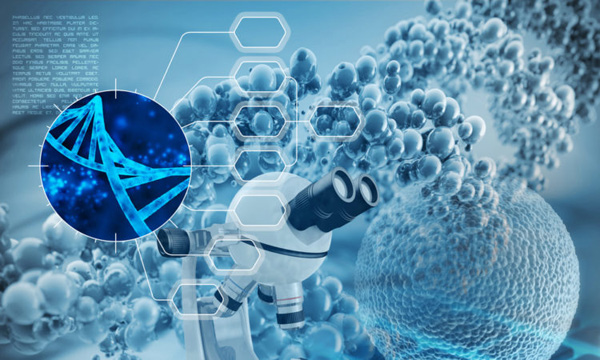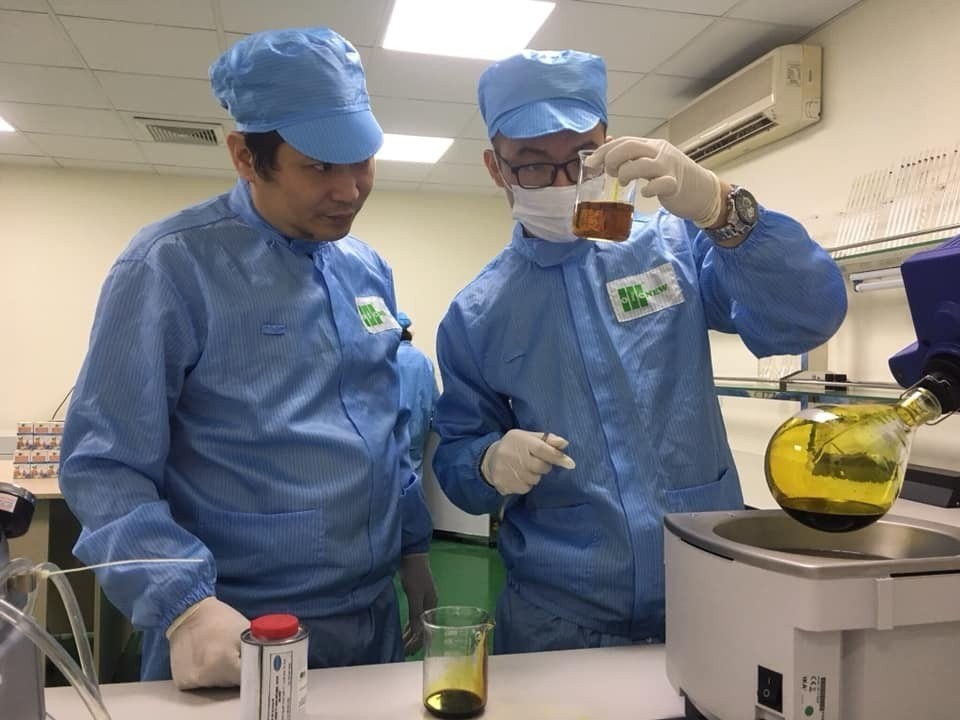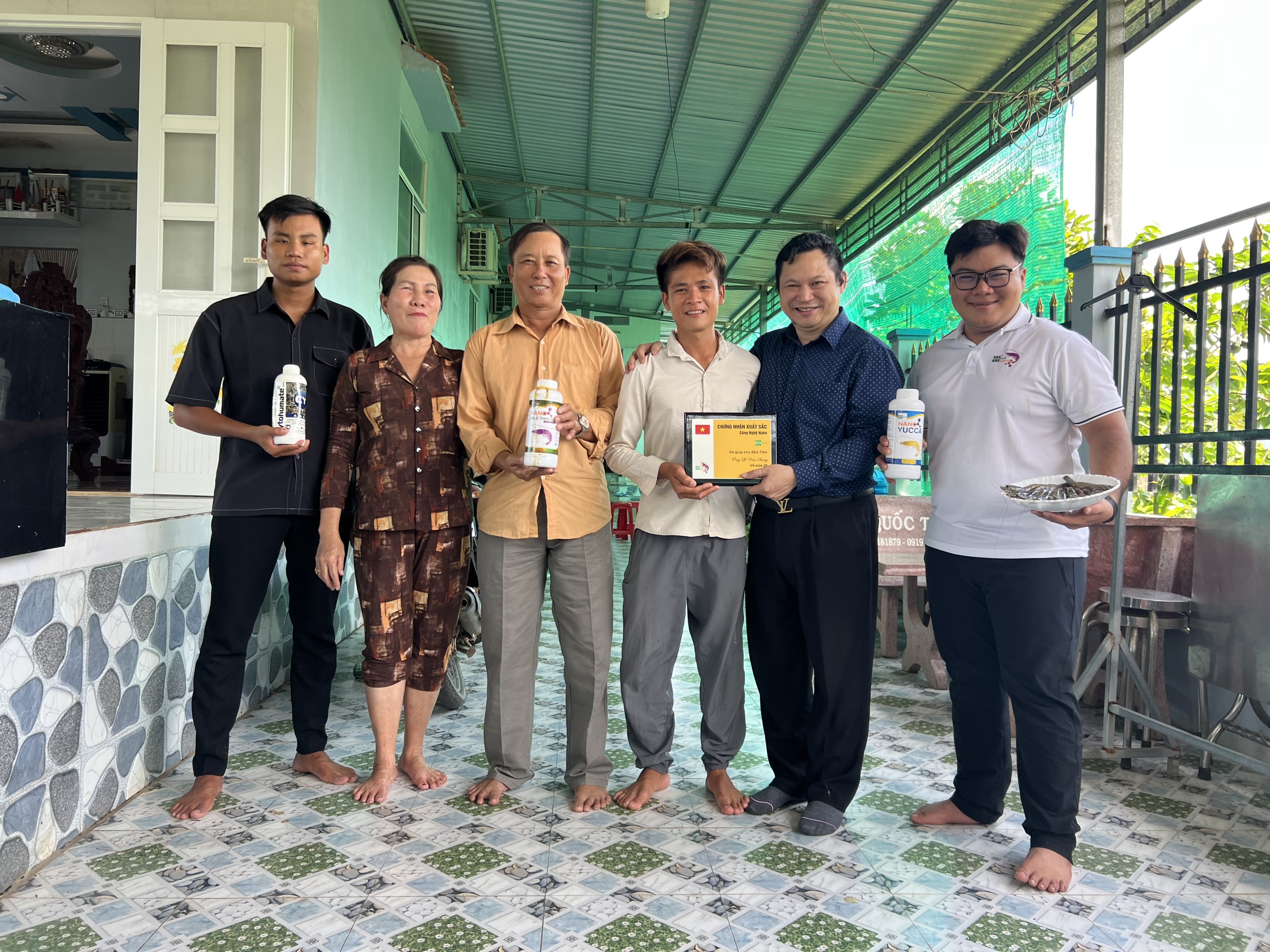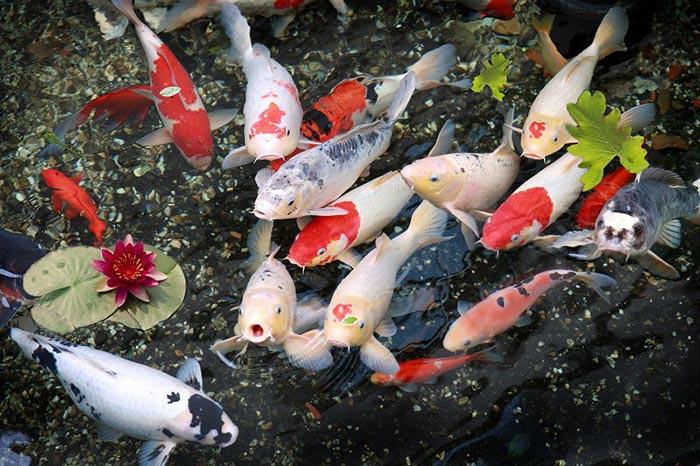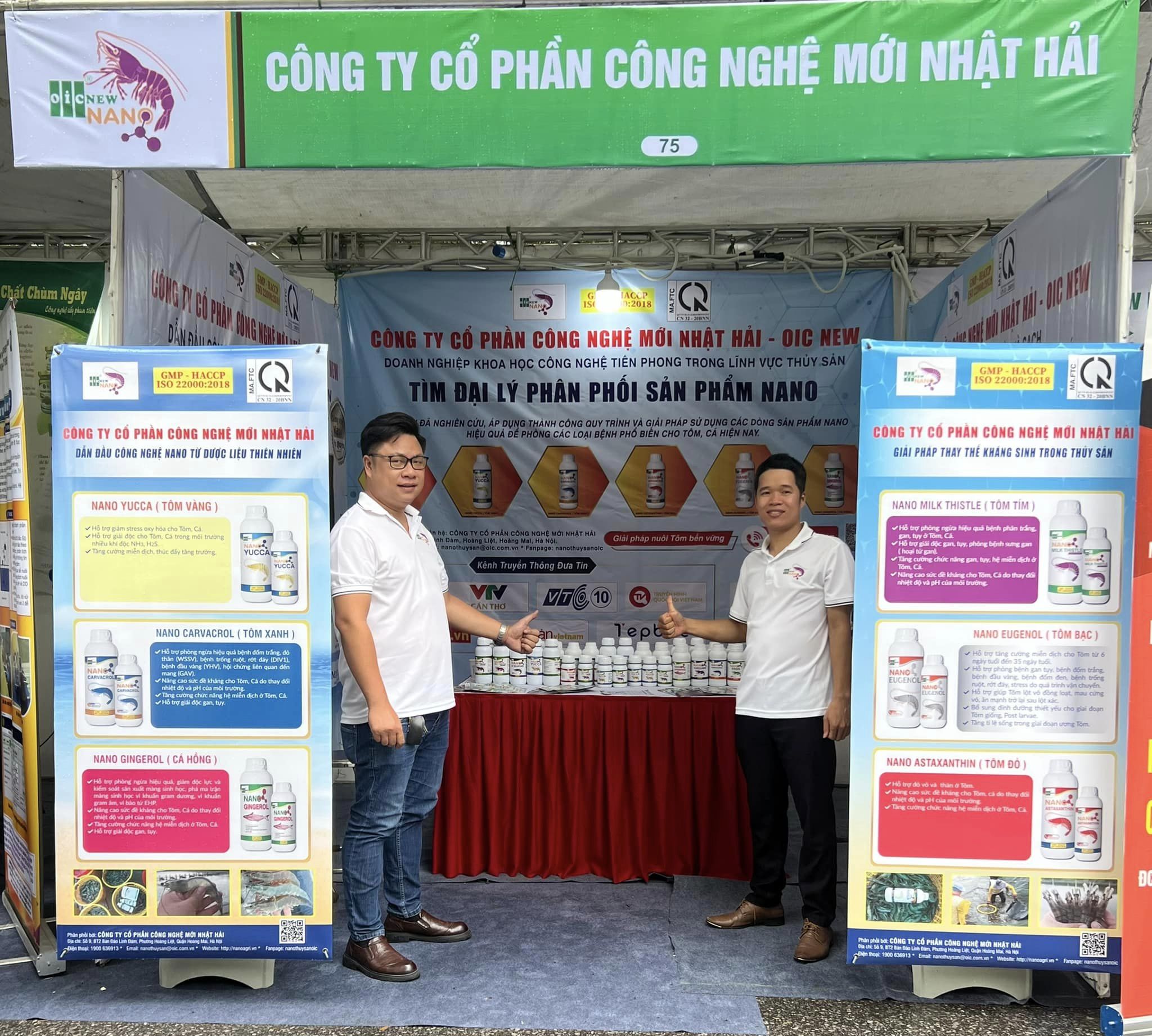Within the framework of a scientific conference: Research and application of technology in green and smart agriculture in 2022 organized by the Institute of Scientific Research and Application – Hanoi University of Education 2. Nhat Hai New Technology Joint Stock Company – OIC NEW with the collaboration of the leading experts at the Department of Biotechnology – Vietnam Academy of Agriculture has conducted very in-depth researches and successfully tested Nano products from synthetic compounds with natural substances that help prevent and treat diseases in seafood, especially shrimp. Applying Nano technology in the Agricultural Field is always a new and correct direction in the context of today’s increasingly developing market.

1. Asking the question
Nowadays, science and technology have become the modern productive force, the driving force for development and the foundation of each country’s knowledge about the economy. Therefore, developing science and technology is a top national policy which also plays a key role in developing modern production forces, protecting natural resources and the environment, improving labor productivity, speed of development and competitiveness of the economy.
Recognizing the importance of science and technology development, the Party and Goverment have issued many guidelines, policies and laws to encourage developing science and technology . One of the tasks and solutions in Resolution No. 19-NQ/TW of the 5th Conference of the 13th Party Central Committee on agriculture and rural areas emphasizes the need to create breakthroughs in research and development. Apply science and technology, innovate, train human resources in agriculture, innovate organizations and activities to improve research capacity and apply science and technology transfer, especially high technology, biotechnology, and environmental friendly technology.
Applying Nano technology in agriculture is being seen by many countries as a new direction to develop a more efficient, economical, and safer agriculture. Catching up with the new trend, many domestic research institutes, scientific organizations, and science and technology enterprises are completing the research process and initially implementing the uses of Nano technology in farming, animal husbandry and aquaculture.
2. Nano technology – A breakthrough in applications in Agriculture
Around the world, Nano technology has long been applied in many different fields such as agriculture, medicine, and industry. In Vietnam, in recent years, nanotechnology has also been applied very effectively in the agricultural sector, such as producing pesticides, treating seeds, and making veterinary medicine for livestock and aquaculture. , water and environmental treatment products…, helping towards a clean agriculture, saving costs, increasing productivity and quality of crops and livestock.
Around the world, Nano technology has long been applied in many different fields such as agriculture, medicine, and industry. In the recent years of Vietnam, nanotechnology has also been applied very effectively in the agricultural sector, such as producing pesticides, treating seeds, and making veterinary medicine for livestock and aquaculture, water and environmental treatment products, etc. helping towards a clean agriculture, saving costs, increasing productivity and quality of crops and livestock.
In recent years, nanotechnology has expanded its relevance in our daily lives and agriculture. One of the most popular applications of nanotechnology in agriculture has been the use of nanoparticles to treat seeds. The volume of nanoparticles used for treatment is extremely small, usually not exceeding a few milligrams accounting for a kilogram of seeds (Siddiqui & Al-Whaibi, 2014). Thanks to their small size and high reactivity, nanoparticles can penetrate into the pores of seeds and activate hormones that stimulate physiological processes in the plant, thereby increasing the activity of enzymes which helps plants to grow and increase stress resistance. In addition, thanks to their large surface area, nanoparticles have the ability to adsorb different types of elements from the soil and transport nutrients into different organs inside the plant (Popov, 2013; Fedorenko V.F et al. al., 2015).
In the context of a rapidly growing world population that threatens food security and the living environment is affected by farming and animal husbandry activities that cause ecological imbalance, nanotechnology is a new and attractive technology that is full of potential applications in many fields, especially in agriculture. Nanotechnology is considered a remarkable new step to help agriculture develop effectively and safely in the current context of international economic integration and development.
Leading science and technology enterprises in Vietnam specialize in researching, transferring and applying Nano technology in the production of products in the fields of Agriculture, Industry, Fisheries, Environment and Biomedicine. For example, OIC NEW is one of the first units to successfully prepare the smallest nano particles on the market today (20-30nm), with standard ingredients – along with technological know-how about the formula. Nano products completely dissolve in water, increase bioavailability hundreds of times compared to original materials, are both highly effective and safe in treatment and disease prevention, ensuring national and international standards such as the National Standard TCVN 7905-1:2008 (ISO/TS 21872-1:2007) on Microorganisms in food and animal feed. In particular, Nano products for use on humans and animals are strictly controlled from natural medicinal herbs protected by patents by the National Office of Intellectual Property on the preparation process – clearly demonstrated the characteristics of research and development potential and the output quality of the products.
The use of nanomaterials brings outstanding advantages such as limiting the use of biological products and antibiotics that are harmful to the environment, increasing targeting properties, and increasing the effectiveness of effects on pathogen cells to reduce the antibiotic resides on shrimp, and at the same time treat water pollution in aquaculture.
Recently, the Vietnam Academy of Science and Technology completed the research process and initially deployed the application of nanotechnology in farming, animal husbandry and aquaculture. Research results show that Vietnamese scientists are actively finding solutions to keep up with trends to improve agricultural production efficiency, especially the clean agriculture.
At OIC, Nhat Hai New Technology Joint Stock Company has conducted important and successful researches in applying the most advanced Nano technology to prepare nano products from natural compounds such as Berberin and Silymarin, Quercetin, Pyrogallo Allicin, etc. all of which has incredible effects in preventing white feces and hepatopancreatic diseases in shrimps. OIC NEW has collaborated with the Department of Biotechnology at the Academy of Agriculture to test and evaluate the antibacterial effect of nano products against VIBRIO PARAHAEMOLYTICUS causing white feces disease on shrimp and initially showed great results. It has inhibited the disease-causing bacteria, enhancing the ability to prevent diseases.
Tested products must meet principles such as always putting product safety and quality first, conducting experiments to test toxicity, drug interactions and have a Invitro testing of nano products before bringing them to the market.
3. Economic efficiency from the application of Nano Technology
Applying nanotechnology in agriculture is being seen by many countries as a new direction to develop more effective, economical, and safe agriculture. The growing trend of intensive farming in aquaculture is the cause of environmental pollution and disease outbreaks. Therefore, silver nanoparticles, activated carbon, nano Berberin, Silymarin, Quercetin, Pyrogallo… have been researched and applied to treat the environment and prevent diseases in aquaculture very effectively. These nanoparticles are many times more active and use less dosage but have a longer duration of action. In aquaculture, nano products are also used as feed additives to help increase growth and disease resistance, but using nano technology to treat water and control diseases is the main direction. These technologies are increasingly popular and widely applied to increase production, improve biosecurity, and minimize the impact of diseases to develop aquaculture more and more sustainably, environmentally friendly, ensuring clean, high quality products. The application of nanotechnology in water environmental treatment and disease prevention for aquaculture has helped reduce the use of antibiotics and other toxic treatment substances, helping to save costs, reduce costs, and increase productivity quality. In addition, nanoparticles used to treat infected environments are also very effective, cleaning quickly and preventing the spread of diseases in the farming area in the most effective way.
4. Orientation for nanotechnology development in the coming time
With the world’s trend of approaching modern science, nanotechnology is receiving attention with the following specific directions. Firstly, innovating organization and operations, improving research, application, and transfer of science and technology capacity; Accelerate comprehensive digital transformation of the agricultural sector, strongly promote innovation, and science and technology to truly become an important driving force in agricultural development. Second, strengthen the capacity and operational efficiency of public science and technology transfer and research organizations, combined with promoting socialization and attracting businesses to invest in research, application, transfer and order scientific and technological products. In addition, support the establishment of technology incubators, startup centers, innovation investment funds, and agricultural startups. Promote association and cooperation between institutes, schools and businesses. Encourage businesses and citizens to apply high technology in production and business and connect supply and demand; Promote e-commerce, traceability and food safety control. Next, create a breakthrough in human resource development, training, improving vocational skills to meet the requirements of agricultural restructuring, effectively taking advantage of the opportunities of the Fourth Industrial Revolution, digital transformation and international integration. Comprehensively innovate the organizational form and content of vocational training for rural workers, improve qualifications and vocational skills, especially young workers, to meet market needs. Expanding the scale and fields of training to serve agricultural production, applying high technology to enhance economic efficiency, aiming for a green, clean, and beautiful agriculture in accordance with the policies and guidelines of the government has made.
CONCLUSION
It can be affirmed that, in the current context, nanotechnology is a new, attractive technology with many great potential uses in many areas of social life, especially in the field of agriculture. This is considered a new direction to develop an effective, economic and safe agriculture in the context of integration and development.







